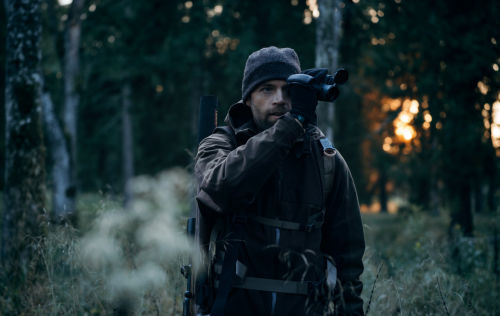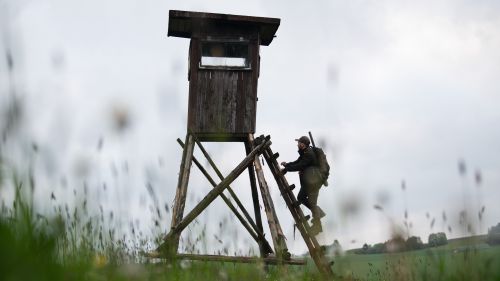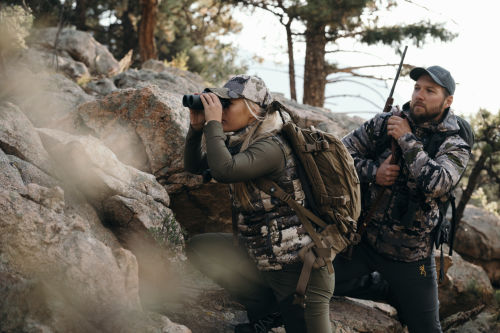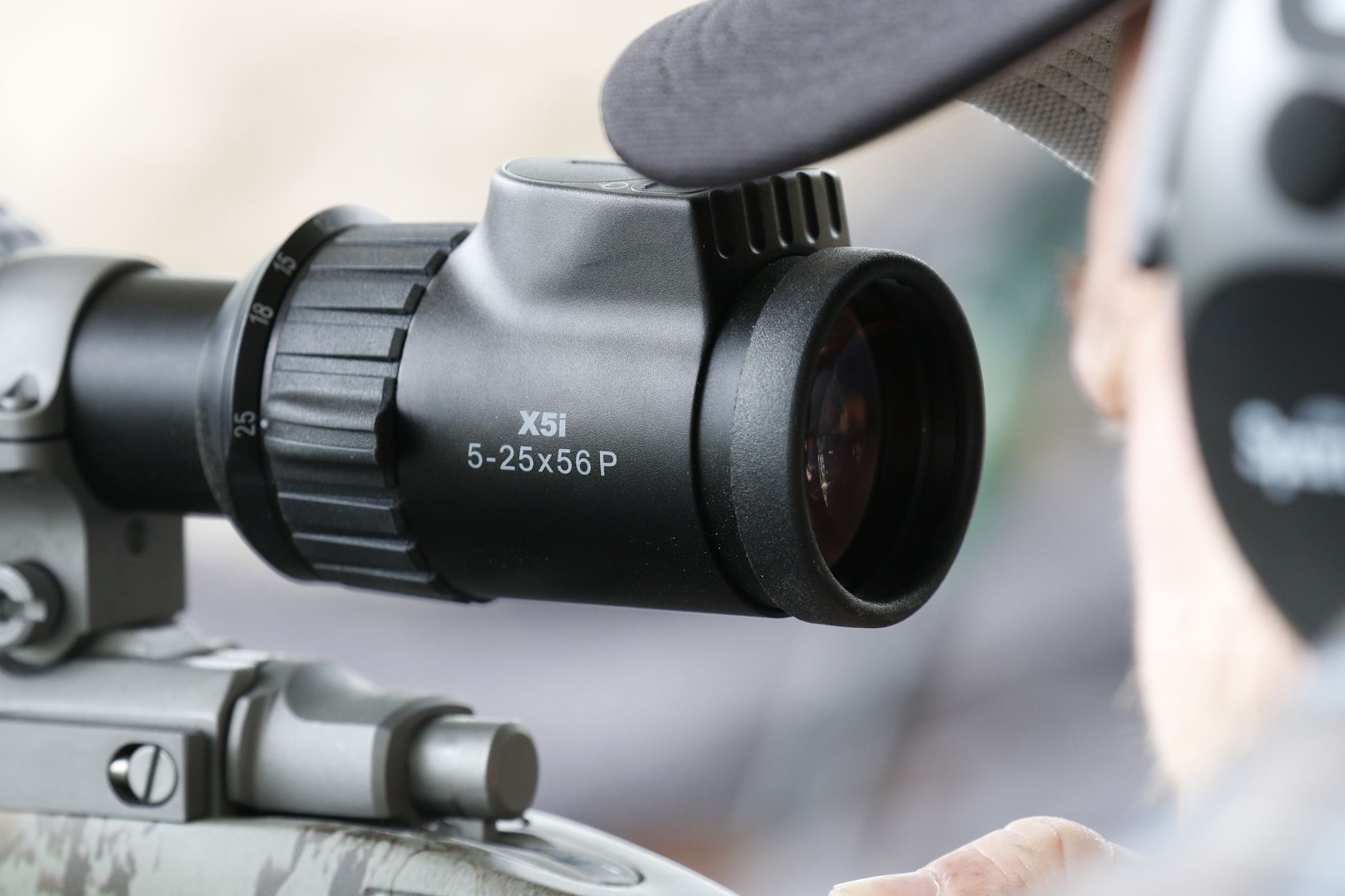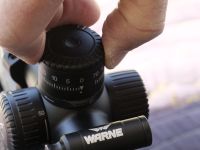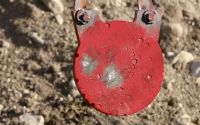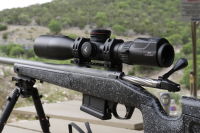In my experience, a session or two of serious long range training, under pressure such as a time limit, can spell the difference between “call the taxidermist” and “maybe next year.”

Forget
“maybe next year”
Life is too short and hunting is too important to go into it ill-prepared. Why should we waste our fleeting opportunities? We may never get another chance at that big buck or bull. And don’t think the annual “sighting-in” session is going to be adequate. Punching a few holes in a target from a benchrest at 100 yards prepares us for hunting about like a game of ping pong prepares us for a Wimbledon Tennis match.
Train adequately
Seriously, if we want to be competent, successful game shots, we need to do more than buy a rifle and scope, chronograph our loads, and memorize trajectory charts. Even today’s sub-MOA rifles, miracle scopes, and rangefinders that solve so much of the math and trigonometry for us are virtually useless if we don’t train adequately. We have to understand them so well that we can whip them into action instantly, without fumbling or second guessing while a roaring bull elk with antlers like a rack of baseball bats pushes his cows toward the forest edge. FTW’s motto is “It’s the hunter’s job to kill an animal instantly with the first shot.”
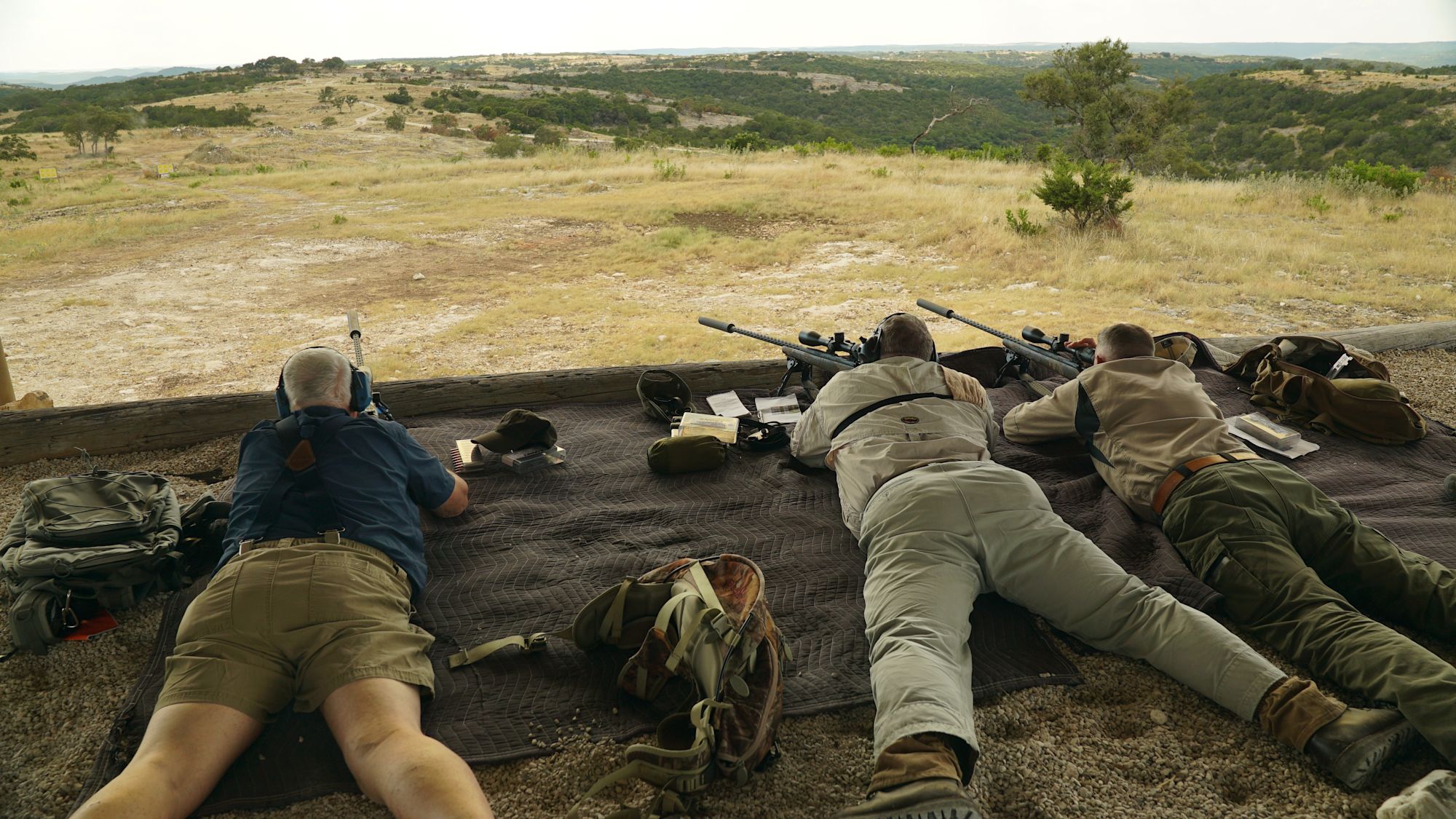
Find out what works for you
FTW Ranch and its excellent instructors (former military snipers) figured this out years ago. But they also figured out one-size does not fit all. “We teach A way to shoot, not THE way,” head honcho Fallon told us. “We invite students to bring their own gear or borrow our gear. That last option is a great way for students to try a variety of rifles, cartridges, and scopes while learning to get and stay steady using bipods, monopods, packs, and environmental supports like trees and boulders. They can quickly get a feel for what works for them, and then build on it.”
How to zero a scope
Zeroing a scope may seem pretty basic, but how many of us can invest in enough scopes to keep up with changing technology? Examining scopes in a retail store is a start, but nothing compares to actually shooting and testing a variety with the help of experienced snipers who thoroughly understand the ins and outs of dialing turrets, ballistic reticles, MOA, Mil-radians, 1-inch tubes vs. 30mm, 34mm, and even 40mm tubes. The plethora of riflescopes in the market is becoming a jungle. You need advanced study or a top banana expert to navigate through it.
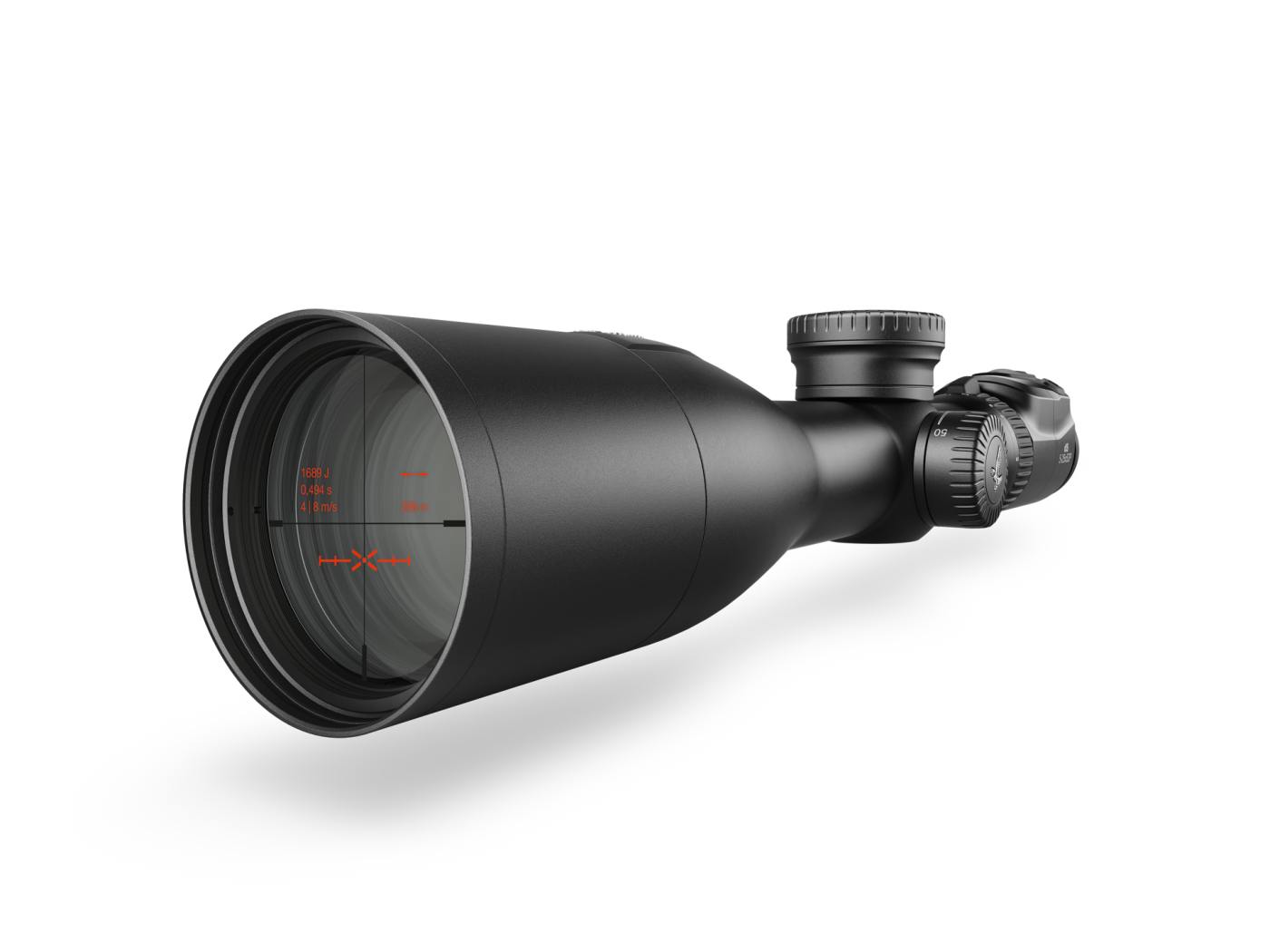
“This elevation turret isn’t even an elevation turret,” one of our group complained at the zero range. He was holding one of the new Swarovski Optik dS scopes. “Ah, yes, Instructor Prichard said. “This is something different. Really different. Gather round everyone…” All six of us soon discovered how to zero the electronic, digital, rangefinding dS scope. It was done by moving the objective lens elements within the objective bell, not the main body erector tube as in traditional scopes.
Zeroing the Z5, X5i and Z8i
While I familiarized myself with Swarovski OPTIK’s newest digital marvel, someone else was tweaking and dialing a Z5 with BRX reticles. Others were trying an X5i with a deadly looking, if somewhat confusing, BRMm-1+ reticle (which later proved surprisingly quick and effective for long range targeting — once you understood how to use it.) The new Z8i 2.3-18x56 P with a ballistic turret was getting plenty of attention.
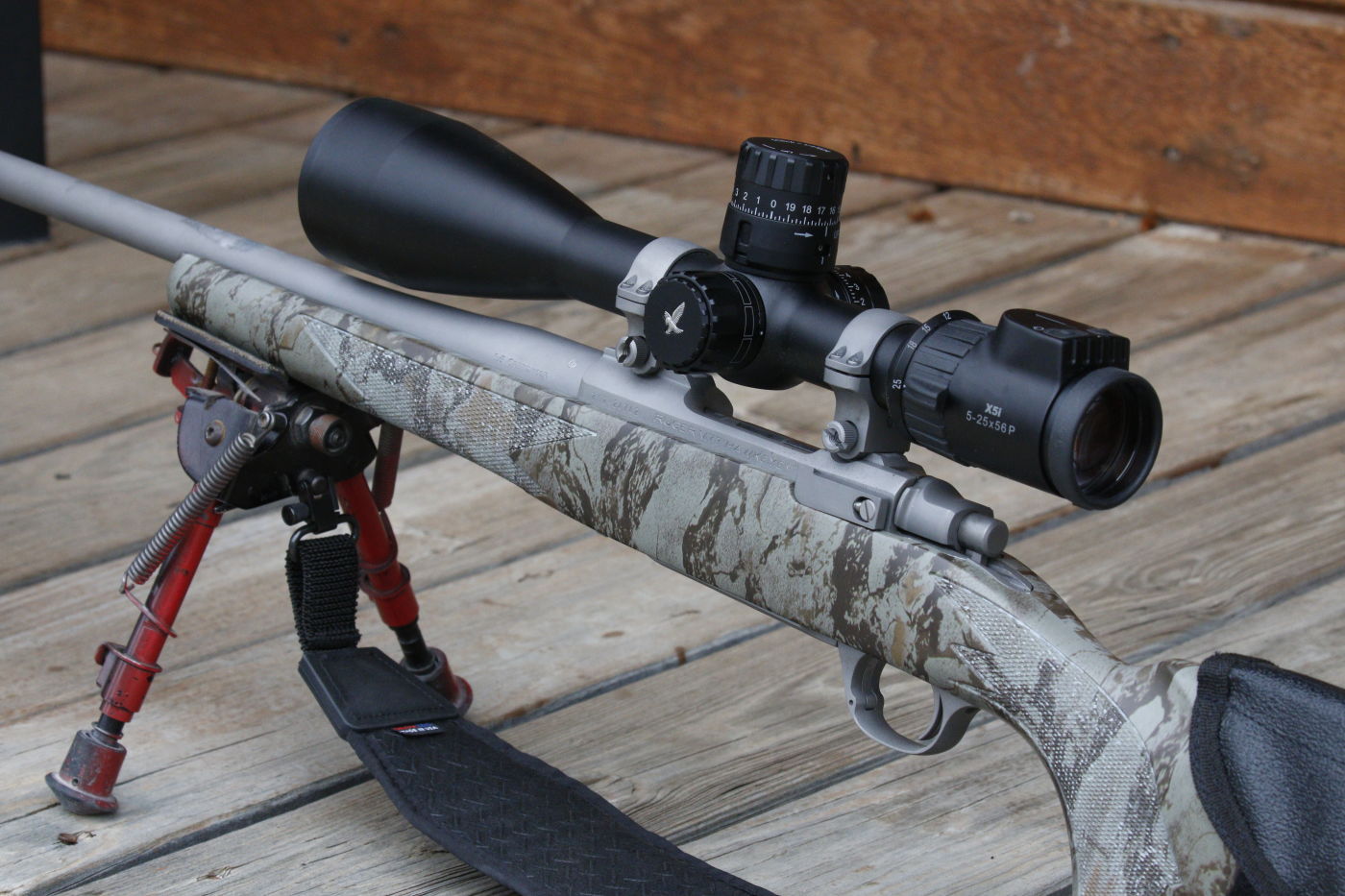
Theoretical background
Once we had a rudimentary grasp of our selected scope’s operation, we reconvened in the classroom for more education on essential ballistics after lunch. We discussed Ballistic Coefficients and Muzzle Velocity, wind deflection and spin drift, angled drop compensation and temperature effects on air density and more. Then we were off to the ranges to engage targets. And the real fun began.
Want to join the real fun?
Read more about the practical training, the group engaged in and the author Ron Spomer and the FTW Ranch, find out more about what it sounds like when a steel disk caught 140-grains of copper and lead 500 yards downrange or learn more about the dS in action.
